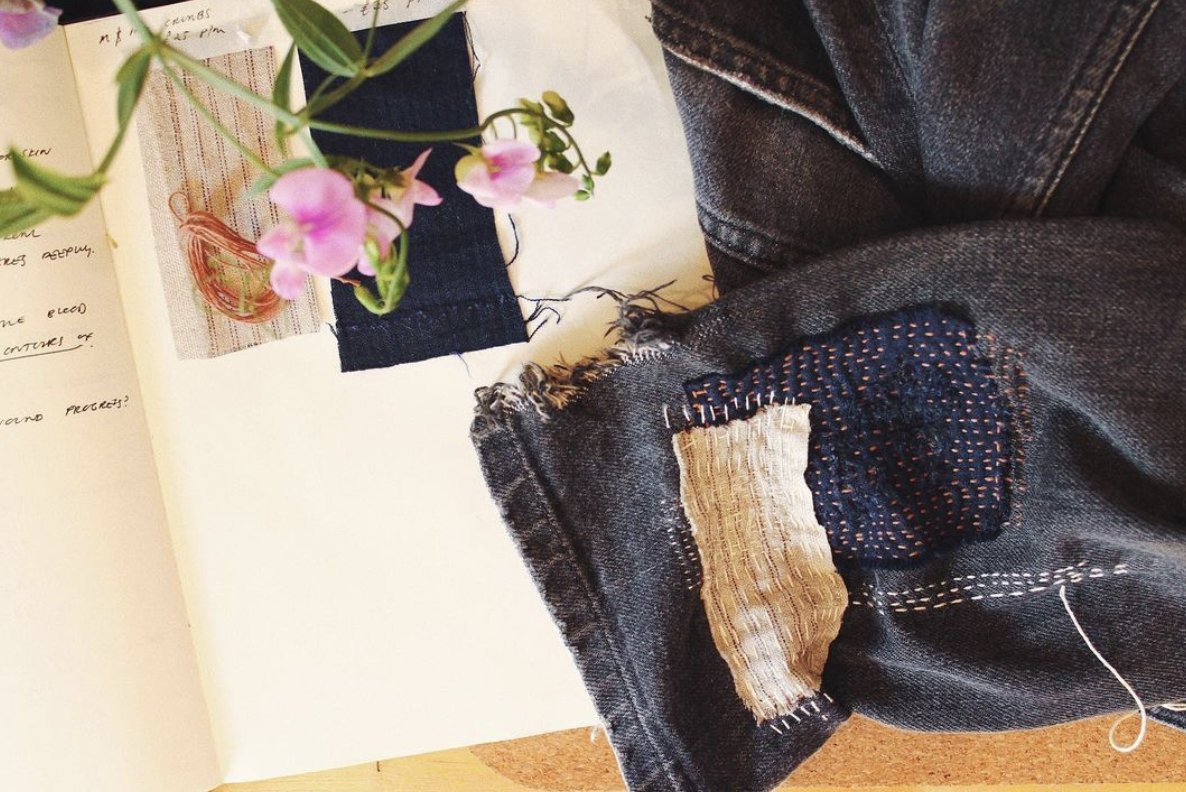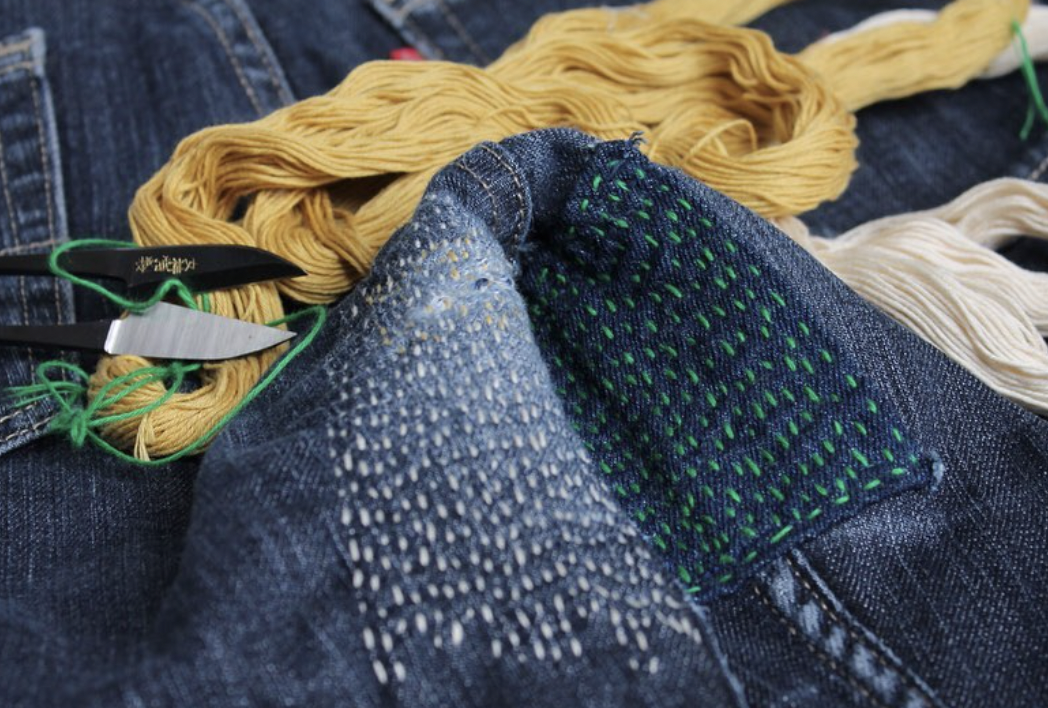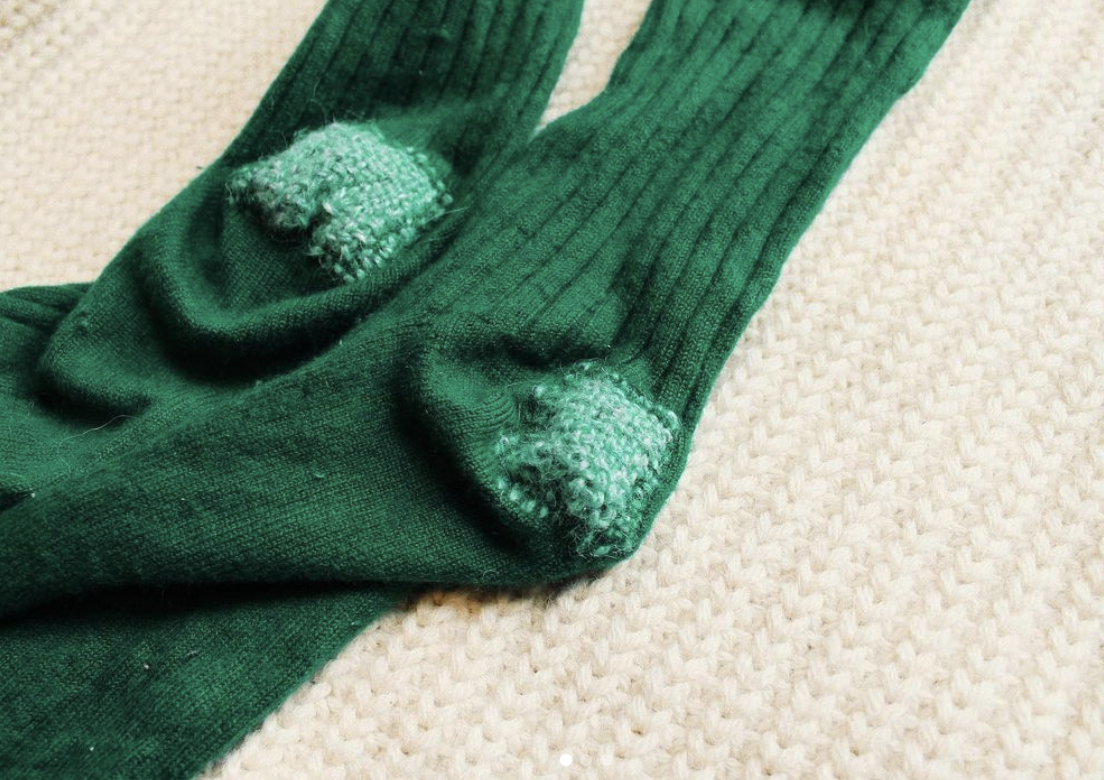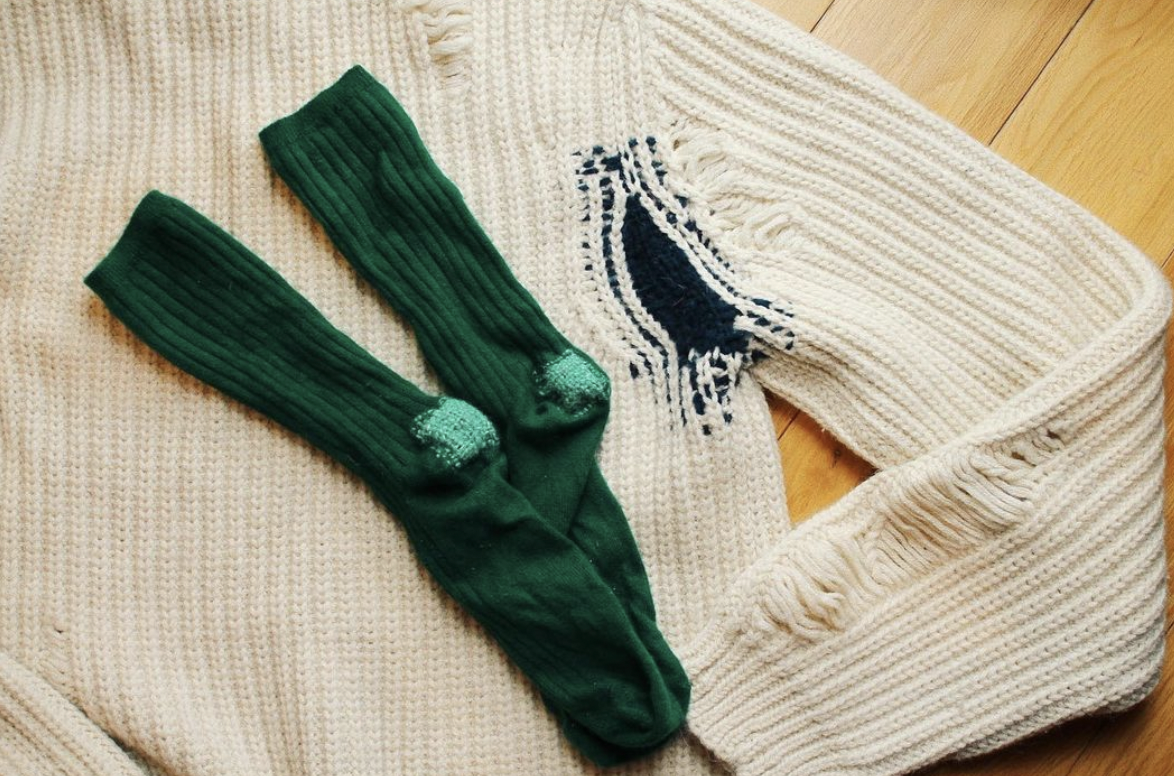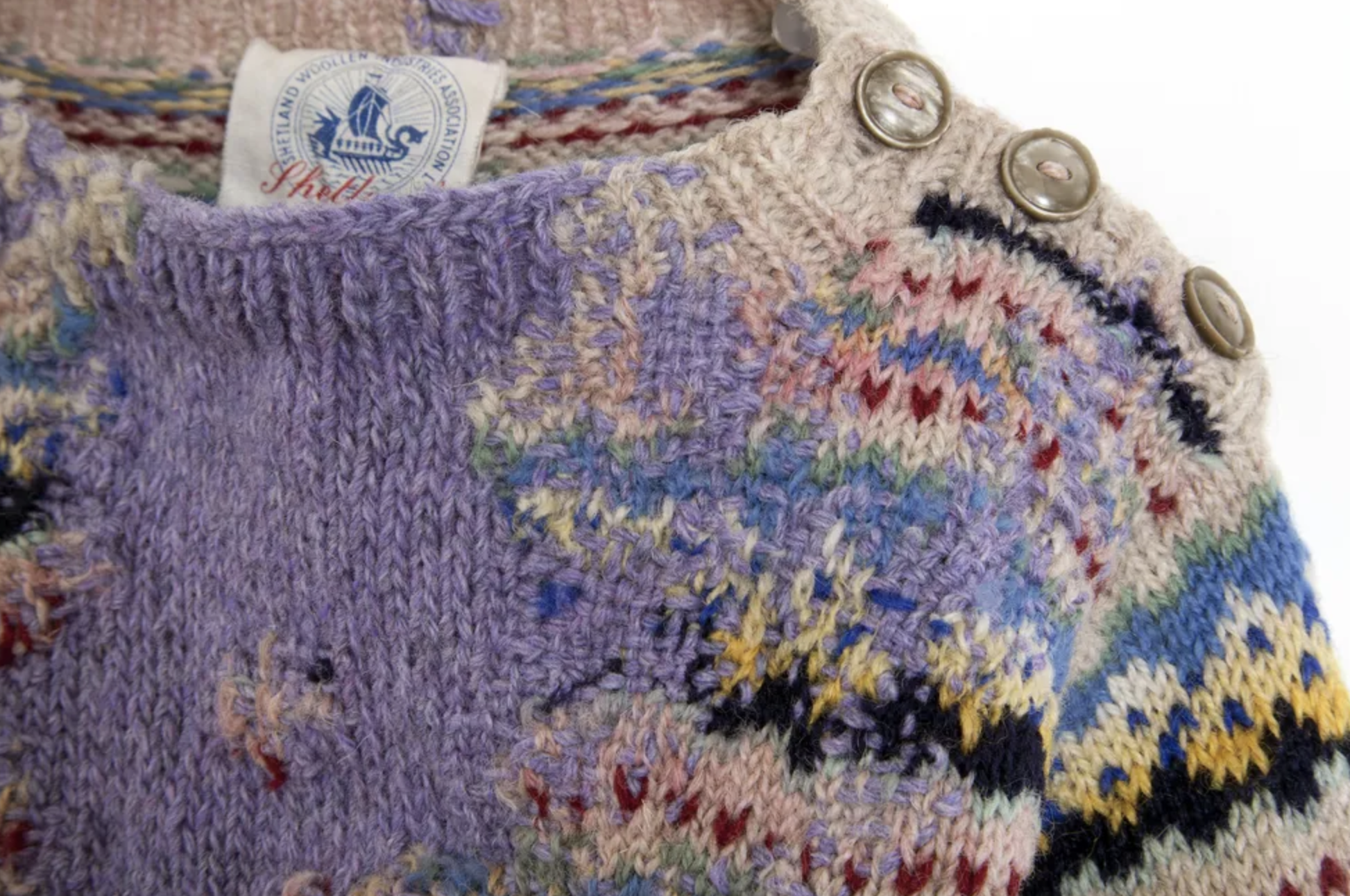An Intro to Visible Mending
Hello sweet pals,
Today we’re passing our torch to the amazing Claudia Naen to celebrate all things visible mending.
I am a huge fan of visible mending. I believe it is a way for us to connect with our clothes and whenever I practice visible mending it is always a rewarding and enriching experience. Over the past 30-40 years we have become increasingly out of touch with our clothes and textile objects through being bamboozled with the message of capitalism and consumerism, that the only way to feel a temporary burst of happiness or sense of completion is through shopping and replacement. However, with consumerism we are biting off way more than we can chew and throw away culture is at its peak more than ever being taught to discard something once it develops a hole or a tear.
A few magical practices and some ancient techniques come into play to banish this absurd behaviour. Through my uni years I met some wonderful menders that gave us lectures, workshops and introduced us to the incredible world of mending. They showed me that not only could I fix my clothes effectively so they could function without fear of disintegration but I could make it decorative and a feature of the garment. Like a tattoo or a new brooch I could make my mark on this item and give it a new chapter of life. As well known mender Tom Va Deijnen (a.k.a Tom of Holland) says ‘mending your clothes to make them last longer is a disruptive practice that goes against the grain of the fast fashion cycle’.
Boro & Sashiko
Deriving from the countryside of Japan, Boro is the act of repairing through layering patches of fabric onto an existing textile and stitching on top, or ‘Sashiko’, to strengthen the repair and adding additional warmth. The intention was to preserve the item of clothing as families were unable to afford new clothing. Since learning about Boro I have slowly been building up my collection and continuing on the practice. I look to repair historical textiles as well as my contemporary garments using this technique. I tend to buy Sashiko threads from Japan Crafts UK which is a fabulous company that can provide you with all your Sashiko needs. I find it a wonderful catharsis to mend and strengthen my clothes this way and find by the end the repair has made the item all the more glorious. I have also mended many of my family’s items, with a pair of my dad's jeans being one of my nicest mends to date.
Darning
Darning is the form of repair usually on a knitted garment where one essentially stitches or weaves over a damaged area to patch it up and prevent the garment from unravelling further and becoming more damaged. This is the basic technique I learnt when beginning my journey with visible repair. Throughout the UK’s lockdown I found myself diving into my sock drawer more and more looking to repair them rather than replace and felt my skills with darning improved significantly.
Tips to start your mend:
Look for scraps of fabrics in charity shops or buy fat quarters when you’re next in a fabric shop, you don’t need a lot of fabric for a patch.
It’s always best to match your patch to the fabric type of your garment so that it will react similarly to washing and aftercare e.g. denim with denim, linen with linen.
Try to buy natural fibre threads such as cotton, these are strong and durable.
If you have a sewing machine and the item is quite heavy duty you can always secure the patch on with some machine stitch first.
Make sure the area you are repairing is taught and not warped! This will ensure the repair works effectively.
A long sharp needle really helps with heavier garments and fabrics - generally always a sharp needle!
This type of mend works best on woven items as they have a rigid structure whereas knit stretches when worn.
The sturdiness of the patch will depend on the length and amount of stitches you do, so play around with that. Smaller denser stitches will make for a sturdy structure whereas long and spaced stitches will allow for more flexibility in the area. Always accommodate what the repair requires.
Useful Resources
Menders:
Tom van Deijnen aka ‘Tom of holland’ and co interview ‘A chat with Tom of Holland’
Tool, Materials and other resources:
For all your sashiko needs including tools, materials, advice and videos on how to do Sashiko. I have also used their Sashiko threads to darn cotton textile and garments: Japan Crafts

